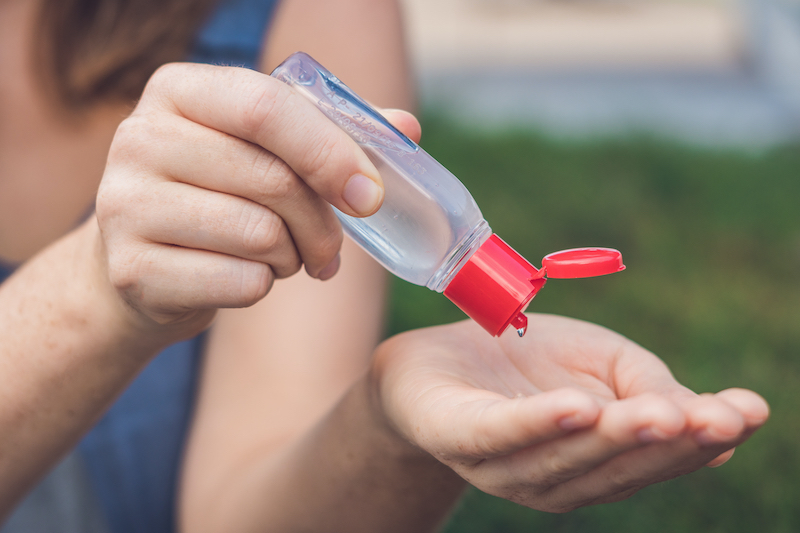


It’s time to DIY. Sales of hand sanitiser have drastically increased over recent months as fears over the spread of coronavirus continue. The influx of purchases has left chemist shelves bare of the household item.
If you are unable to purchase hand sanitiser in store, you can make your own at home. Here is a doctor approved recipe for hand sanitiser.
Key ingredients
There are three key ingredients to any hand sanitiser recipe.
Rubbing alcohol, which is also known as isopropyl alcohol or ethyl alcohol, is the most important ingredient in any hand sanitiser. Alcohol is effective at killing bacteria and many kinds of viruses including coronaviruses, flu viruses and the common cold virus.
Alcohol will form the base of any hand sanitiser. For sanitisers to be effective, the alcohol content must make up at least 60% of the formula.
Water opens bacteria membrane pores, which creates a gateway for the alcohol to effectively eliminate the bacteria and viruses. Aloe vera gel is not necessary to eliminating bacteria and viruses. However, topically applying alcohol to hands can cause them to become dry. Due to its moisturising properties, adding aloe vera to hand sanitiser combats dryness.
Optional
To minimise the scent of alcohol, a few drops of essential oils can be added to the mixture. As the addition of essential oil is optional, there is no recommended scent. Orange, lemon, lavender or tea tree are commonly available.
Materials
- Small bowl
- Wooden spoon
- 2/3 cup rubbing alcohol
- 1/3 cup aloe vera gel
- (optional) essential oil of choice
- Funnel
- 4 x 2 oz pump or hand sanitiser bottles washed thoroughly
- Distilled water.
Note: any bottles or containers can be used if washed thoroughly. This recipe will create 8oz, or around 240mls, of sanitiser.
Recipie
- In a small bowl, combine 2/3 cup rubbing alcohol and 1/3 cup aloe vera gel. If using, add 4-5 drops of essential oil. Mix well with a wooden spoon.
- Using a funnel, pour mixture into bottles leaving some room at top.
- Fill remainder of space with distilled water.
Important facts
Hand sanitiser is not ideal for prolonged use by people with sensitive skin or skin conditions prone to dryness. It may be beneficial to apply hydrating lotion to hands after sanitiser. However, ensure the sanitiser has dried entirely before applying lotion.
Test a small amount of the sanitiser on a patch of skin before using liberally. If any irritation occurs, discontinue use.
This hand sanitiser can last from six months to a year if sealed correctly.
Hand sanitiser does not replace the need to wash your hands regularly. The experts at House Call Doctor say to limit the spread of germs, avoid touching your face, mouth or nose and close contact with anyone who is sick.




